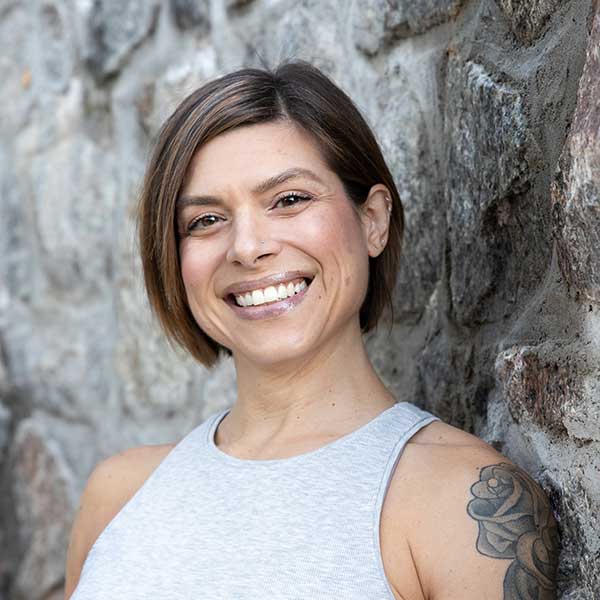Why Do My Wrists Hurt In Yoga?
Q: Why do my wrists hurt in yoga?
A: If you’re experiencing joint pain, it’s always a good idea to have it checked out by your doctor first. Provided there are no major issues, here are some reasons you could be experiencing pain in your wrists in yoga poses such as plank, quadruped, and chatarunga:
First, consider the structure of the wrist; The muscles that flex and extend the wrist (located in the forearm) have very short muscle bellies and long tendons. Compared to muscles, tendons have less blood supply, less flexibility, and require longer recovery time when injured. Also, there are many small bones in the wrists, which means a lot of moving parts and more chances for something to go wrong. If you lack mobility in your wrists either due to a previous injury or from years of neglecting to stretch, it’s very possible you’ll experience pain when the wrists are extended and bearing weight.
Next, remember that the body is an interconnected unit; What’s happening in other areas of the body will affect the wrists. For example, if your core, back, and/or shoulders are weak, you’ll be more likely to use your arms like crutches to hold yourself up in poses such as plank and side plank. That puts even more pressure on your wrists. If you have posture issues in your upper body, such as forward shoulders, shoulder stability will be an issue. This will create a chain reaction of misalignments through your wrists and hands. Without properly distributing the weight across the whole palm, the wrists will be compressed.
 To help alleviate pain in the wrists during yoga, try a wedge. The wedge elevates the heal of the hand, decreasing the amount of extension on the wrist. You can also modify poses to avoid putting weight on the hands; Instead of downward facing dog, plank, and upward facing dog, try dolphin, forearm plank, and sphinx.
To help alleviate pain in the wrists during yoga, try a wedge. The wedge elevates the heal of the hand, decreasing the amount of extension on the wrist. You can also modify poses to avoid putting weight on the hands; Instead of downward facing dog, plank, and upward facing dog, try dolphin, forearm plank, and sphinx.
Keep building strength in your core and back and mobility in your shoulders and wrists. Finally, remember that yoga is more than the poses. Breathing, cultivating awareness, and relaxing will bring all the healing benefits of yoga, no planks or handstands required.
Alicia Cross is a Certified Personal Trainer, Wellness Coach, and Yoga Instructor with more than 15 years’ experience working with clients in classes and one-on-one. She is a yogi, meditator, vegan, and lifter of heavy things. If you’re ready to discover the strength and peace that comes from within, email Alicia@AliciaCrossTraining.com.
Related Posts:
Video: Wrists Stretches, Exercise, & SMR


